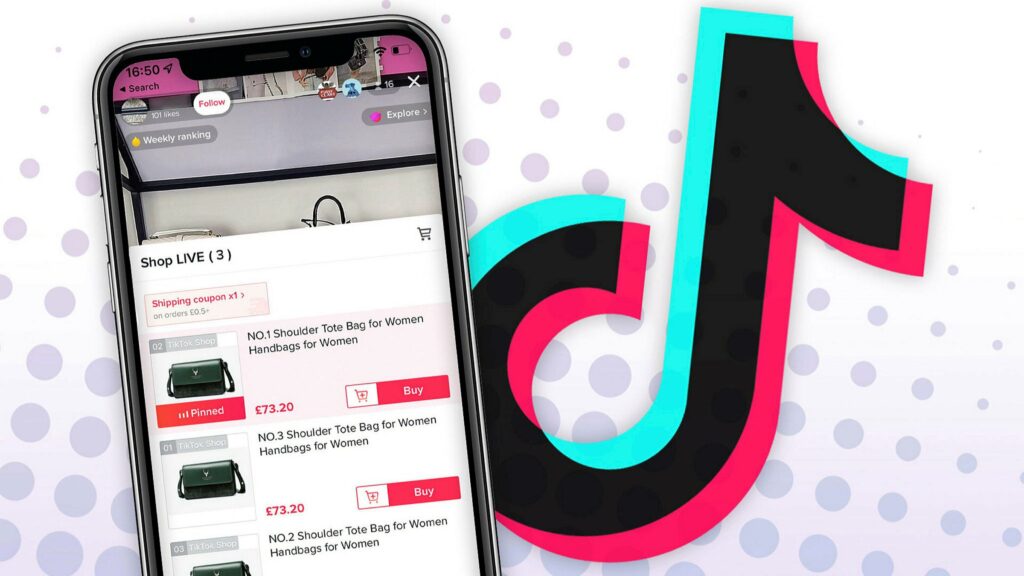At HR Channer, we’re always keeping our finger on the pulse of the latest trends in digital marketing. And one trend that’s impossible to ignore right now is the explosive growth of TikTok and its potential as a major force in the world of commerce.
TikTok’s Rise to Power
If you’re not already familiar with TikTok, it’s a social media platform that allows users to create and share short-form videos. With over 1 billion monthly active users, it’s quickly become one of the most popular social media apps in the world. But what’s even more impressive is its growth in the world of commerce.
In recent years, we’ve seen TikTok go from a platform for dancing and lip-syncing to a powerful marketing tool for businesses of all sizes. From fashion brands to fast-food chains, companies are finding ways to leverage the platform’s unique algorithm and engage with its massive user base.
Why TikTok is Perfect for Commerce

So what is it about TikTok that makes it such a promising platform for commerce? For one, its algorithm is designed to promote content that’s engaging and shareable, which means that businesses can get a lot of visibility for their content without spending a ton of money on advertising.
But perhaps even more importantly, TikTok is a platform that’s uniquely suited to the needs and preferences of today’s younger consumers. With its short-form, visually-driven content, TikTok offers a refreshing alternative to traditional advertising that can often feel stale and out of touch.
How to Succeed on TikTok
Of course, as with any marketing platform, success on TikTok isn’t guaranteed. But with the right strategy and approach, businesses can tap into the platform’s potential and reach a massive audience of engaged, active users.
One key to success on TikTok is to focus on creating content that’s both entertaining and informative. Whether you’re showcasing your products or offering tips and advice, your content should always aim to provide value to your viewers.
Another important factor is to be consistent and persistent in your approach. Don’t expect overnight success – building a following on TikTok takes time and effort. But if you’re willing to put in the work, the rewards can be substantial.
Conclusion
In conclusion, we believe that TikTok is a platform with enormous potential for businesses of all sizes. With its massive and engaged user base, its unique algorithm, and its suitability for today’s younger consumers, it’s a marketing tool that simply can’t be ignored.
So if you haven’t already, now is the time to start exploring what TikTok can do for your business. With the right approach, it could be the key to unlocking new levels of growth and success in the years to come.











